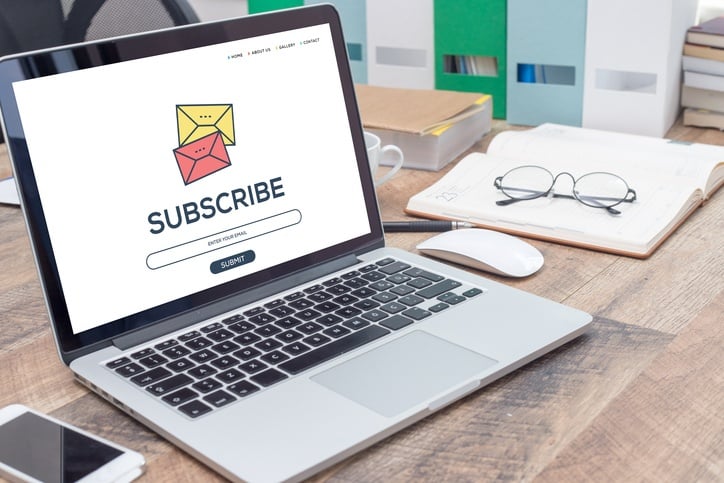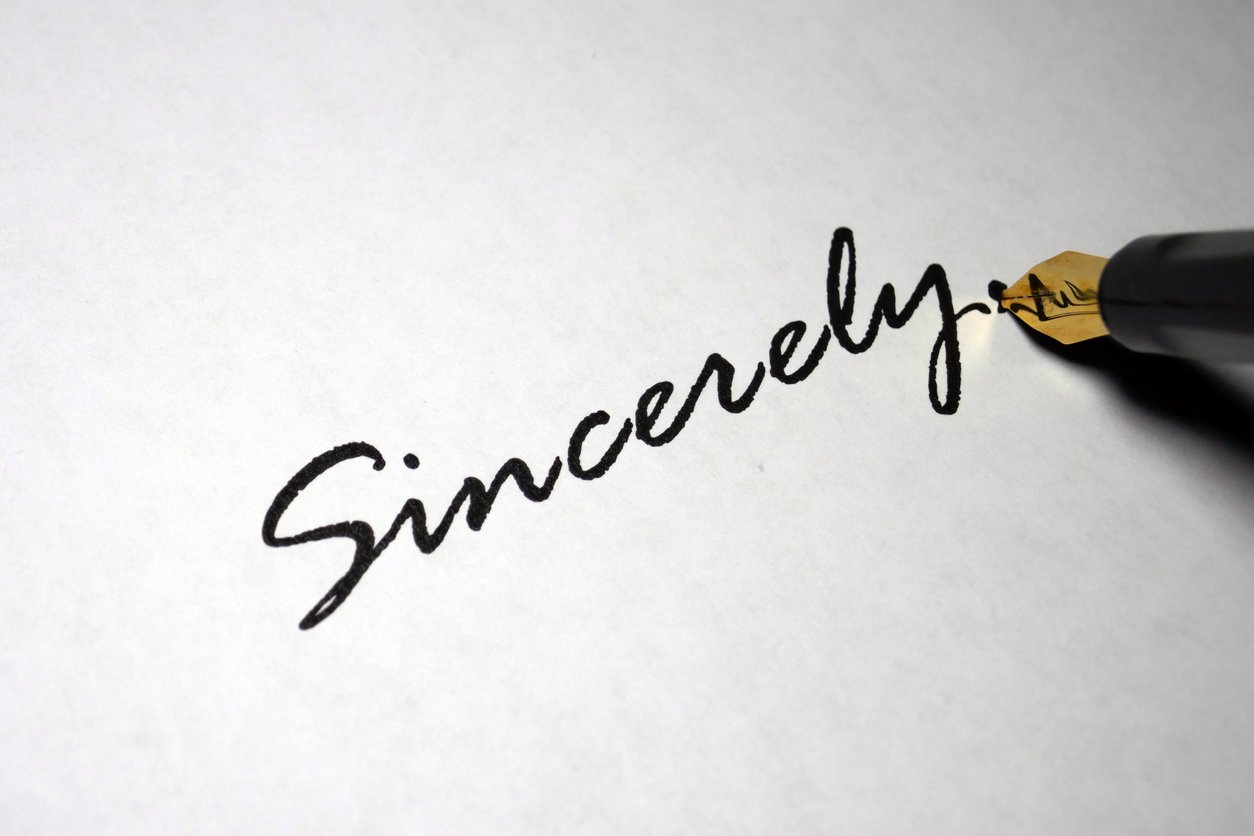When you deliver a written piece to a prospect or client (whether it’s an email, letter, proposal, invoice, etc.), accuracy is essential in both content and form. Here are six things you should always check thoroughly:

- Spelling: You don’t have to be great at spelling to avoid mistakes; however, you do have to pay attention to what you’re typing. Run your text through Microsoft Word’s spell checker as a first pass to catch obvious spelling errors… and keep an eye out for words that are correctly spelled yet incorrect in context. Someone wrote me saying that he had spoken with my “pervious” clients when he meant to say “previous.” I was less impressed than amused to hear that he had conversed with all of my past clients through whom water would pass. I could only hope that said conversations did not occur while the water was passing through them! Since “pervious” is a word, the mistake would have evaded a spell checker.
- Grammar: Microsoft Word will also catch grammatical errors, but it’s not foolproof. Be sure to read through your document carefully. If something doesn’t sound quite right, you may have a grammatical error. I’ve always found that reading a document aloud makes it easier to detect grammatical mistakes than simply reading it to yourself silently.
- Formatting: Make sure your document uses consistent formatting. This is particularly important if you are cutting and pasting from multiple places. Check fonts, sizes, and colors. Make sure the margins are consistent and the line spacing is neither too cramped nor too generous. Since many people read emails on their smartphone, be sure it looks good on a small screen and re-format as needed. On a related note, Format Painter is a very useful (and all too often untapped) utility in the Microsoft suite of software. Learn to use it, and use it often, to confirm that the formatting is consistent throughout the document.
- Calculations: When working with formulas and equations on the computer, you need to double-check figures, parentheses, exponents and the like. Check the numbers carefully and make sure nothing looks amiss.
- Skim-ability: Pretend you have only 30 seconds to read the document. Can you skim it and still get the main ideas? If not, you may need to add headings or topic sentences. Believe it or not, many of the folks who read your correspondence do so in the elevator on their way to meet with you to discuss it.
- Length: Unless you’re writing a comprehensive case study or white paper, your audience probably doesn’t intend to spend a lot of time reading what you have to say. Save them some time by reading through your document and pruning anything that is superfluous.
And of course, always do a final proofread (or two) to catch anything that may have slipped through the cracks. And separating your first and second reads by a day always seems to uncover more forehead-smacking gaffes!







